What’s Up - February 2018
What’s Up - February 2018
What’s Up For February?

This month, in honor of Valentine’s Day, we’ll focus on celestial star pairs and constellation couples.

Let’s look at some celestial pairs!

The constellations Perseus and Andromeda are easy to see high overhead this month.

According to lore, the warrior Perseus spotted a beautiful woman–Andromeda–chained to a seaside rock. After battling a sea serpent, he rescued her.

As a reward, her parents Cepheus and Cassiopeia allowed Perseus to marry Andromeda.

The great hunter Orion fell in love with seven sisters, the Pleiades, and pursued them for a long time. Eventually Zeus turned both Orion and the Pleiades into stars.

Orion is easy to find. Draw an imaginary line through his belt stars to the Pleiades, and watch him chase them across the sky forever.

A pair of star clusters is visible on February nights. The Perseus Double Cluster is high in the sky near Andromeda’s parents Cepheus and Cassiopeia.

Through binoculars you can see dozens of stars in each cluster. Actually, there are more than 300 blue-white supergiant stars in each of the clusters.

There are some colorful star pairs, some visible just by looking up and some requiring a telescope. Gemini’s twins, the brothers Pollux and Castor, are easy to see without aid.

Orion’s westernmost, or right, knee, Rigel, has a faint companion. The companion, Rigel B, is 500 times fainter than the super-giant Rigel and is visible only with a telescope.

Orion’s westernmost belt star, Mintaka, has a pretty companion. You’ll need a telescope.

Finally, the moon pairs up with the Pleiades on the 22nd and with Pollux and Castor on the 26th.
Watch the full What’s Up for February Video:
There are so many sights to see in the sky. To stay informed, subscribe to our What’s Up video series on Facebook.
Make sure to follow us on Tumblr for your regular dose of space: http://nasa.tumblr.com.
More Posts from Carlosalberthreis and Others

Pegue carona nessa cauda de cometa! !! Cometa Lovejoy fotografado pelos astronautas da Expedição 30 na ISS
🌟 🎶 Esse amor não tem fim
Já faz parte de mim
Te amo CAPRICHOSO
E vai ser pra sempre assim
Nasci pra amar você
De azul até morrer
Não há um amor maior
Do amor que eu sinto por você! 🎶 💙
Detectando Ondas Gravitacionais Com a Missão GAIA - Space Today TV Ep.1057
As ondas gravitacionais, para quem ainda não sabe, tem um espectro, assim como a radiação eletromagnética tem o seu.
Esse espectro é chamado de espectro gravitacional.
Dentro do espectro gravitacional, atualmente, com o LIGO e VIRGO nós só conseguimos detectar ondas gravitacionais provenientes da fusão de buracos negros de massa estelar e da fusão de estrelas de nêutrons.
Essas, digamos, são ondas gravitacionais com frequências mais altas.
Mas lógico que existe a ideia e a vontade de se detectar ondas gravitacionais de frequências baixas.
Essas são produzidas, por exemplo, pela colisão de buracos negros supermassivos.
Nós já avançamos um pouco nesse sentido, já que a tecnologia da LISA, um detector espacial nos moldes do LIGO já foi testada e promete funcionar.
Existe também, como já falei aqui a técnica de usar os pulsares, a chamada Pulsar Timing Array.
Essa técnica é interessante, pois ela usa a observação dos pulsares, e calcula a mudança na frequência aparente dos pulsos com relação à passagem de uma onda gravitacional, gerada pela fusão de buracos negros supermassivos, por exemplo.
com base nessa ideia, um grupo de astrofísicos está propondo algo maravilhoso.
Eles querem usar a missão GAIA, da Agência Espacial Europeia, que mede com precisão a posição de bilhões de estrelas na Via Láctea como um detector de ondas gravitacionais de baixa frequência.
Para isso, a ideia é usar não a variação de pulsos dos pulsares, mas sim a aparente modificação na posição das estrelas observadas pela GAIA, ou seja, suas oscilações para detectar as ondas gravitacionais.
A passagem de uma onda gravitacional, que acaba causando uma oscilação no tecido do espaço-tempo, muda a posição das estrelas, a polarização da onda gravitacional pode ser detectada e assim teríamos a detecção de um tipo novo de onda gravitacional.
A vantagem é que a missão GAIA já está em funcionamento no espaço, já faz essas medidas, ou seja, essa aplicação pode ser testada a qualquer momento.
Os astrônomos realmente viram que o estudo das ondas gravitacionais pode trazer muitos novos conhecimentos sobre o universo, e entender os buracos negros supermassivos é algo que os deixa muito animados.
Vamos aguardar por novidades nessa área.
Ainda estamos em 2015!! hahahah...
Terça, 36 de dezembro de 2015.
Sobre o eclipse penumbral do dia 10 de fevereiro de 2017!
Subtle Lunar Eclipse
Today’s (Feb. 10) lunar activity comes in the form of a penumbral eclipse. What does that mean and how does this type differ from a total eclipse? Let’s take a look:

First off, what is a penumbra? During a lunar eclipse, two shadows are cast by the Earth. The first is called the umbra (UM bruh). This shadow gets smaller as it goes away from the Earth. It is the dark center of the eclipse shadow where the moon is completely in the shadow of the Earth.

The second shadow is called the penumbra (pe NUM bruh). The penumbra gets larger as it goes away from the Earth. The penumbra is the weak or pale part of the shadow. This occurs because the Earth is covering a portion of the sun.

Penumbral eclipses occur when only the outer shadow (the penumbra) of Earth falls on the moon’s surface. This type of eclipse is much more difficult to observe than total eclipses or when a portion of the moon passes into the umbra. That said, if you’re very observant, you may notice a dark shadow on the moon during mid-eclipse on Friday evening. You may not notice anything at all. It’s likely the moon will just look at little bit darker than normal…like this:

Earth’s penumbral shadow forms a diverging cone that expands into space in the opposite direction of the sun. From within this zone, Earth blocks part but not the entire disk of the sun. Thus, some fraction of the sun’s direct rays continues to reach the most deeply eclipsed parts of the moon during a penumbral eclipse.
For most of North America, the penumbral eclipse will begin at moonrise (sunset) on Friday, Feb. 10 and will be obscured by evening light. Here’s a guide of when to look up:

Fun fact: Aristotle (384 – 322 BCE) first proved that Earth was round using the curved umbral shadow seen at partial eclipses. In comparing observations of several eclipses, he noted that Earth’s shadow was round no matter where the eclipse took place. Aristotle correctly reasoned that only a sphere casts a round shadow from every angle.
To learn more about lunar eclipses, visit: https://svs.gsfc.nasa.gov/11828
Make sure to follow us on Tumblr for your regular dose of space: http://nasa.tumblr.com
Feliz Aniversário, Mãe!
Feliz Aniversário, Mãe! Sempre vou estar ao seu lado, independente das situações em que a vida nos impõe! 🎂🎂🎂🎂🎂🎉🎉🎉🎉🎉🎈🎈🎈🎈🎈




The Faint Rings of Uranus
Taken in January, 1986 by Voyager 2. Uranus assembled using orange, simulated green, and violet light. The rings were taken in clear (white) light, but colored red here.
Image Credit: NASA/JPL/Kevin M. Gill

A aparência plácida da NGC 4889 pode enganar o observador desavisado. Mas a galáxia elíptica, mostrada nessa nova imagem feita pelo Telescópio Espacial Hubble, guarda um segredo obscuro. No seu coração existe um dos buracos negros mais massivos já descobertos.
Localizado a cerca de 300 milhões de anos-luz de distância no Aglomerado coma, a gigantesca galáxia elíptica NGC 4889, a maior e mais brilhante galáxia nessa imagem, é o lar de um buraco negro supermassivo quebrador de recordes. Com 21 bilhões de vezes a massa do Sol, esse buraco negro tem um horizonte de eventos – a superfície de onde nem mesmo a luz pode escapar – com um diâmetro de aproximadamente 130 bilhões de quilômetros. Isso é cerca de 15 vezes o diâmetro da órbita de Netuno ao redor do Sol. Por comparação, o buraco negro supermassivo no centro da nossa galáxia, a Via Láctea, acredita-se tenha uma massa de cerca de 4 milhões de vezes a massa do Sol e um horizonte de eventos tem um tamanho equivalente a um quinto da órbita de Mercúrio.
Mas o tempo quando o buraco negro da NGC 4889 engolia as estrelas e devorava poeira é passado. Os astrônomos acreditam que o gigantesco buraco negro parou de se alimentar, e está atualmente descansando. O ambiente dentro da galáxia está agora tão tranquilo que as estrelas estão se formando a partir do gás remanescente e não perturbado ao redor do buraco negro.
Quando estava ativo, o buraco negro supermassivo da NGC 4889 foi energizado pelo processo de acreção quente. Quando o material galáctico, como o gás, a poeira e outros detritos, caia vagarosamente em direção ao buraco negro, ele se acumulou e formou o disco de acreção. Orbitando o buraco negro, esse disco em rotação de material foi acelerado pela imensa força gravitacional do buraco negro e foi aquecido a milhões de graus. Esse material aquecido também expeliu jatos gigantescos e muito energéticos. Durante esse período, os astrônomos teriam classificado a NGC 4889 como um quasar e o disco ao redor do buraco negro supermassivo teria emitido uma energia mil vezes maior do que a energia da Via Láctea.
O disco de acreção sustentou o apetite do buraco negro supermassivo até que o suprimento de material galáctico se exaurisse. Agora, descansando, enquanto espera o próximo lanche celeste, o buraco negro supermassivo está dormente. Contudo, sua existência permite que os astrônomos avancem no conhecimento sobre como e onde os quasares, esses objetos ainda misteriosos e elusivos, se formaram nos primeiros dias de vida do universo.
Embora seja impossível observar diretamente um buraco negro, já que a luz não pode escapar da força gravitacional, sua massa pode ser indiretamente determinada. Usando instrumentos no Observatório Keck II e Telescópio Gemini Norte, os astrônomos mediram a velocidade com a qual as estrelas estão se movendo ao redor do centro da NGC 4889. Essas velocidades, que dependem da massa do objeto que elas orbitam, revelaram a imensa massa do buraco negro supermassivo.
Fonte:
http://spacetelescope.org/news/heic1602/
����$����
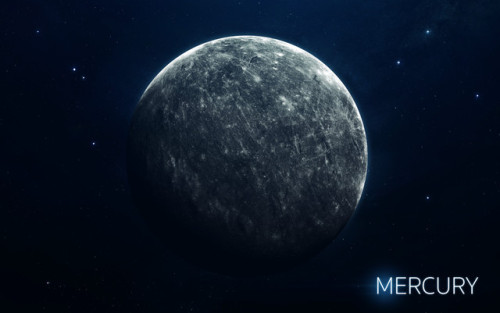
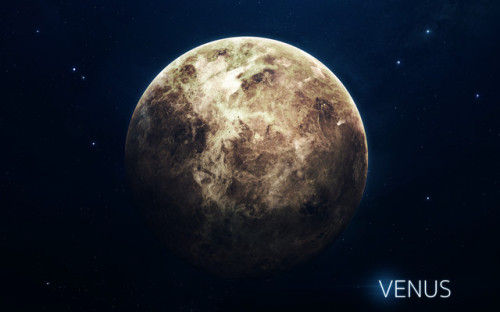
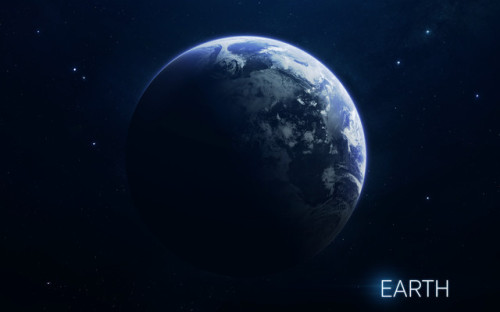
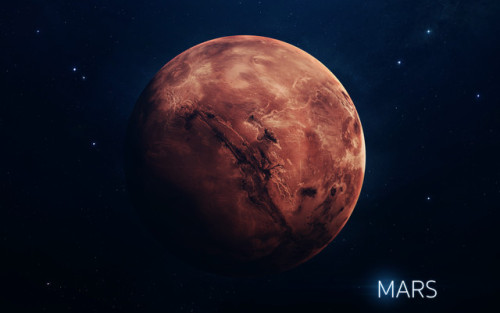
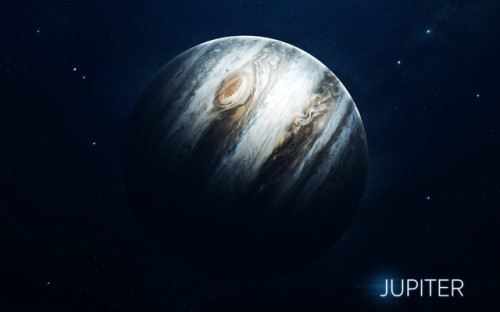
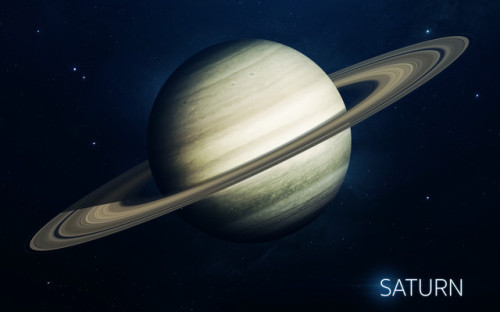
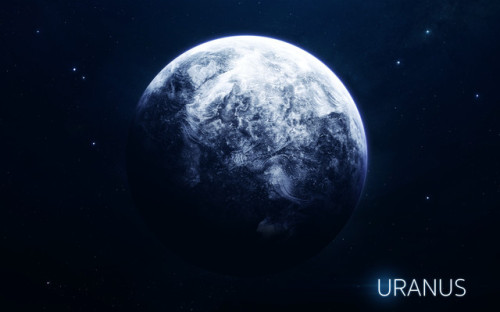
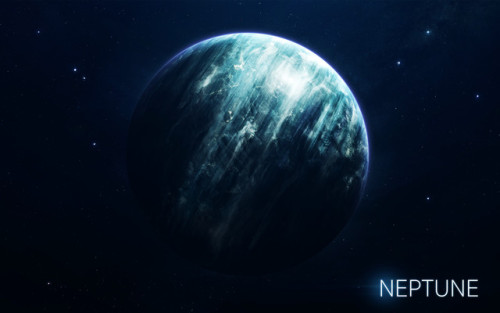
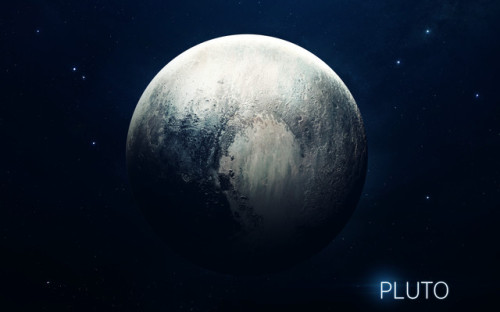
Berries - Vadim Sadovski
Solar System: Things to Know this Week
On May 22 Mars will be at opposition. That’s when Mars, Earth and the sun all line up, with Earth directly in the middle. A few days later, Mars and Earth will reach the points in their orbits around the sun where they are nearest to each other. The closer Mars comes to Earth in its orbit, the larger and brighter it appears in the sky.

It’s an opportunity for backyard skywatchers—and a good time to catch up on all the exploration now underway at the Red Planet. Here are a few things to know this week about Mars:
1. Red Star Rising

The best time to see Mars at its brightest is when it’s highest in the sky, which is around midnight during May. Look toward the south in the constellation Scorpius (where right now you can also catch the planet Saturn). If you have a telescope, you may be able to pick out some of the features on its surface. But don’t fall for Internet rumors claiming that Mars will appear as big as the full moon. Instead, it will look like a bright, reddish or orange star. Get Mars viewing tips HERE.
2. Roving Weather Reporter

Our Mars Curiosity mission has now been roving across the floor of Gale Crater for two full Martian years—that’s four Earth years. This robotic geologist is a meteorologist, too, and its long journey has allowed it to observe the local weather for two full seasonal cycles. During that time, the rover’s instruments have recorded temperatures ranging from 60.5 degrees Fahrenheit (15.9 degrees Celsius) on a summer afternoon, to minus 148 F (minus 100 C) on a winter night. They also detected an intriguing spike in methane gas—but it hasn’t happened since.
3. Increasing Clouds, with a Chance of Dust Storms

The Mars Reconnaissance Orbiter keeps an eye on Martian weather, too, but on a global scale. Every week, you can see the latest weather report, including an animation showing storms and clouds across the face of Mars.
4. Walking the Ancient Shoreline

Mars explorers have studied evidence for years that the early history of the planet included times where liquid water flowed and pooled freely. But just how deep those ancient lakes were, and how long they lasted, remains a topic of debate. A new study offers a more detailed picture of the rise and fall of standing bodies of water.
5. Wish Upon a Star

It’s true that Mars will be especially bright in the sky this week. But did you ever consider that Earth often shines for Mars as well? This image from the Curiosity rover shows our whole world as a single point of light. When people finally do stand on Mars, they’ll be able to look at the twilight sky—and see home. Left: the Earth and the Moon in the evening sky of Mars, as seen by the Curiosity rover. Right: Mars rising over Salt Lake City. Mars credit: NASA/JPL-Caltech/MSSS/TAMU. Earth credit: Bill Dunford.
Want to learn more? Read our full list of the 10 things to know this week about the solar system HERE.
Make sure to follow us on Tumblr for your regular dose of space: http://nasa.tumblr.com
-
 tyla-jo-foxes liked this · 3 years ago
tyla-jo-foxes liked this · 3 years ago -
 justatheatrekidwholovesspace liked this · 3 years ago
justatheatrekidwholovesspace liked this · 3 years ago -
 ducky2814 liked this · 3 years ago
ducky2814 liked this · 3 years ago -
 forgetfulsleepyhead liked this · 3 years ago
forgetfulsleepyhead liked this · 3 years ago -
 neonicastfu liked this · 4 years ago
neonicastfu liked this · 4 years ago -
 vusall liked this · 4 years ago
vusall liked this · 4 years ago -
 totaleclipseofmyheart reblogged this · 4 years ago
totaleclipseofmyheart reblogged this · 4 years ago -
 bellacosmos liked this · 4 years ago
bellacosmos liked this · 4 years ago -
 thegreatyin liked this · 4 years ago
thegreatyin liked this · 4 years ago -
 omgthecatwoman liked this · 4 years ago
omgthecatwoman liked this · 4 years ago -
 dame-night liked this · 4 years ago
dame-night liked this · 4 years ago -
 muetciel reblogged this · 4 years ago
muetciel reblogged this · 4 years ago -
 fire-within-burns-eternal liked this · 4 years ago
fire-within-burns-eternal liked this · 4 years ago
